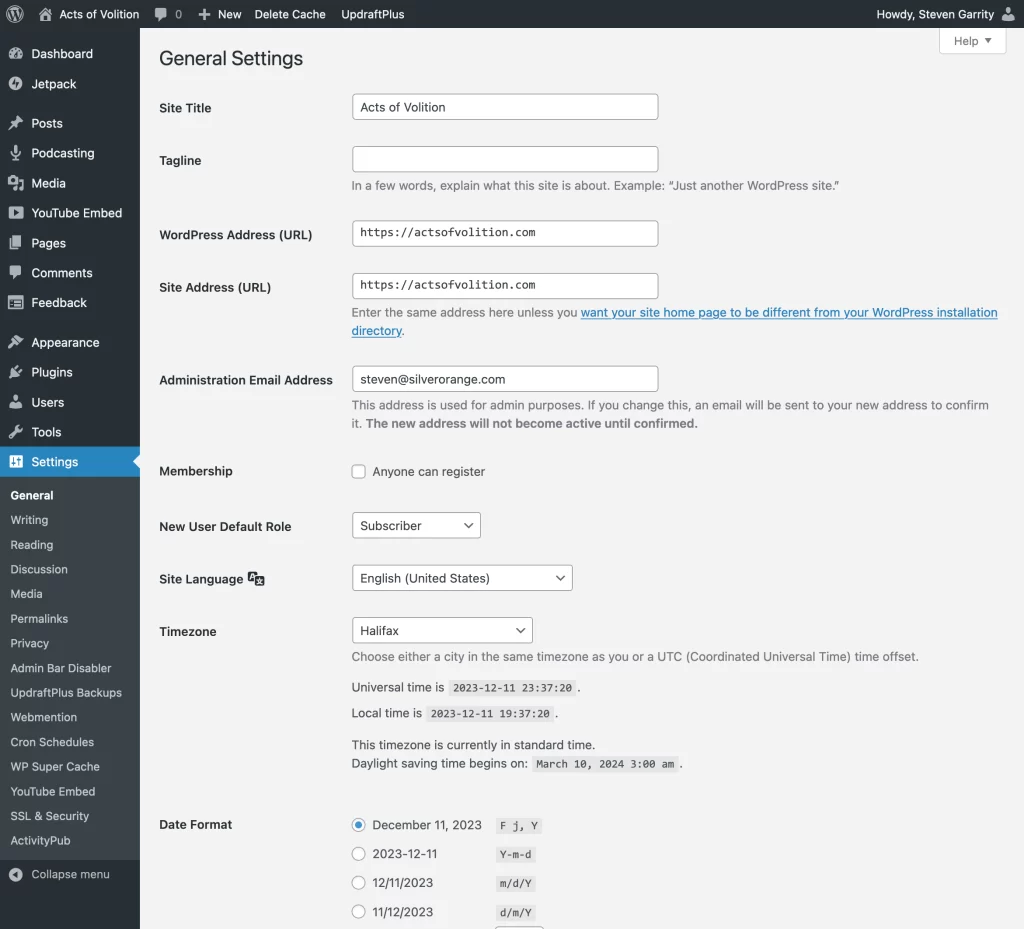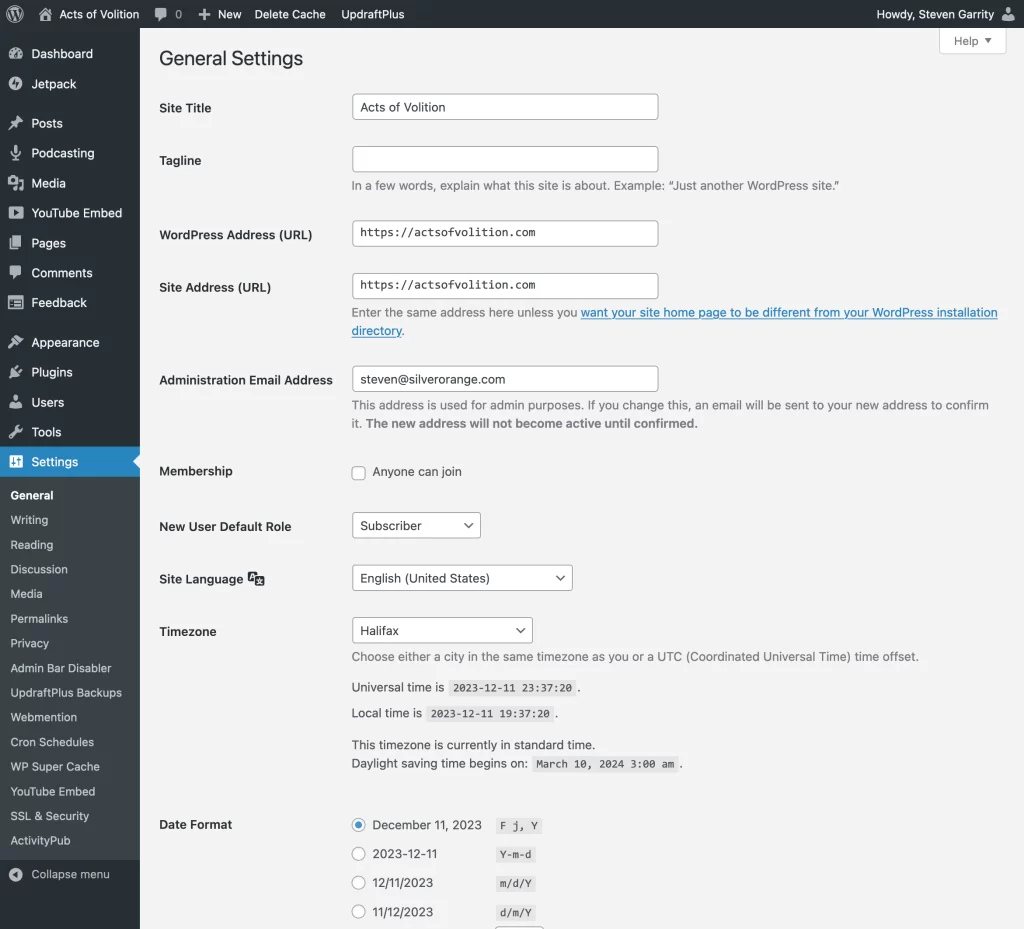Come along with me on a small thought experiment:
Imagine for a minute, you’ve been given a task by the United Nations Commission on Computers & Stuff.
- Your job is to optimize all of the un-optimized digital images in the world (to take less storage space).
- Your mandate dictates that you can only do lossless optimization. For context: there are tools that reorganize the contents of image files such that they take take up less storage space, but no data or image quality is lost. This is in contrast to compressing an image more, where you discard data and lose image quality.
- In my thought experiment, you somehow have the funding, computing power, and the access to all computer systems in the world.
My question is this: Is it better (from a climate standpoint) to:
- Spend the energy once to save all of the storage space in the longer term, or;
- Don’t spend the energy to optimize, and keep spending the energy required for the un-optimized storage?
Obviously the real answer is It Depends on factors like: how much optimization is possible on most images, how long (and on what type of storage) are most images stored. Let’s not ruin a fun (?) thought experiment with nuance, though.
What say you? Does it cost more to squish a big image, or keep it around un-squished?





